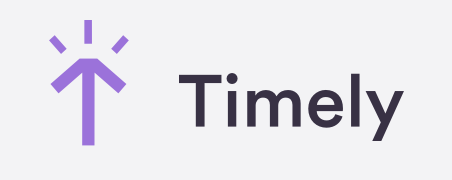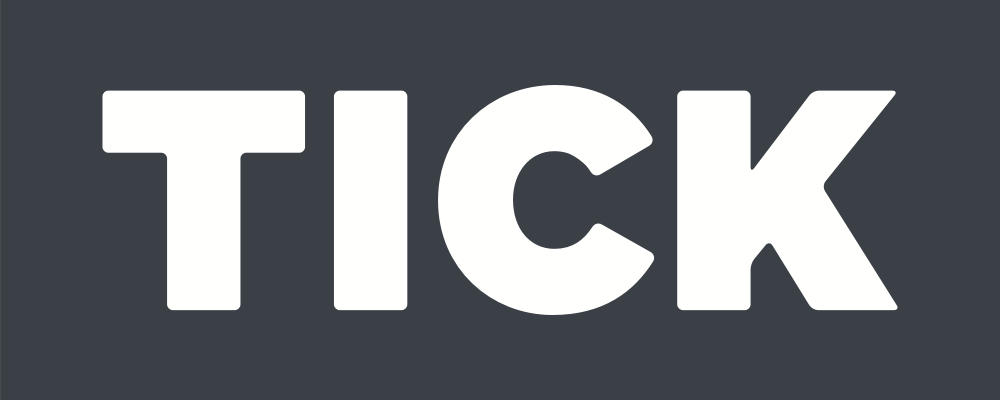7 Reasons Why You Should Make Work Tracker a Part of Your Digital Workplace Toolbox
Managing a remote workforce can be tough, but there are many digital tools that can help make your job easier. Here are seven reasons why work tracker should be one of them!
It’s becoming more and more obvious that telecommuting might as well be the future of work. Industries are quickly adapting, as nowadays even teachers and nurses work remotely.
The reason for this shift has a lot to do with the new focus on employee satisfaction. With more opportunities for specializations and employment, the pressure on companies to keep the talent has never been greater. And employees want and, increasingly so, expect at least some degree of flexibility at their workplace.
But the huge benefits that this type of engagement can offer, such as employee retention, cost reduction and even increased productivity, go hand in hand with some potential issues. Among the most challenging ones are communication and work monitoring.
Technology can help with both of these and many more issues. If you’re employing a remote workforce, you’ll need a digital toolbox with apps and platforms that’ll enable you to successfully manage these employees. Some of the absolutely necessary tools in there are probably an email, some file sharing platforms like Google Drive and messaging boards such as Slack. This solves the problem of communication. What about work monitoring?
While you can certainly just judge your remote employees’ efficiency based on the rate of finishing tasks, you actually won’t be able to monitor their progress or productivity that easily. That’s why we’re going to present you with seven reasons why you should add a work tracker such as Insightful to your virtual workplace toolbox.
1. Tracking Attendance
By definition, remote employees don’t come to work. They can’t swipe their keycards and you can’t see them at their desks. Because it’s so difficult to keep track of hours worked online, work tracker, as the most versatile of attendance tracking options, is the most obvious solution.
If your employees have corporate computers that they use only for work, you can set remote computer monitoring software to record turning on the computer as a clock-in and the last mouse movement or keystroke as a clock-out. Alternatively, in case you’re using a simple time tracking app, you can get your employees to press the ‘start’ button when they begin working.
Whatever the case, you’ll end up with an accurate report on who ‘comes’ to work on time and how long their working day is. And there you go, you’ve solved the problem of taking attendance, simple as that.
2. Calculating Billable Hours
There are two likely scenarios where work tracker can help you with billable hours.
Firstly, if you pay your remote workers hourly, what better way to estimate precisely how many hours they’ve worked than to have a job time tracker record it all? You can even insert an hourly rate for each employee into the system and it will calculate the salary automatically, thus always ensuring fair compensation.
The second scenario is where you need to provide proof of work for your clients. Even though your employees have fixed salaries, giving your clients accurate reports on how many hours were dedicated to their projects goes a long way towards accountability. And time reporting app can provide just that.
3. Ensuring Productivity
On to the tough one: Are your remote employees working? Are they struggling with the deadlines because don’t have enough time or because they’re watching TV or soaking up the sun on their balcony? Since you can’t actually see them, there’s only one way to tell - remote computer monitoring.
Insightful and similar apps can tell you what your employees are doing (and whether they’re even using their computers) in real time, but they also give you these really handy productivity stats that can tell you how much time employees spend working and how much time goes to waste.
Apart from being able to track how productive your remote workforce is and ensure they don’t succumb to distractions too often, you can also use these insights from a work tracker to make sure the employees are taking regular breaks. Their happiness and wellbeing positively affect their productivity and prevent untimely burnout.
4. Tracking Time on Tasks
Another useful feature of remote employee time tracking software is its ability to record time spent on certain tasks. This is good to know if you want an estimate of how effectively each worker can finish particular processes so that you can be better informed in setting deadlines.
Moreover, remote workers are much less likely to report that they’re struggling with using a platform or program than are in-office employees. Detecting an amount of time spent on a task that is longer than usual may indicate that an employee needs further training or support.
Remote employee time tracking can also provide data that you can use to inform your future work allocation decisions.
5. Clear Project Overview
Remote worker monitoring also allows you to keep track of entire projects. Especially if you break them up into smaller tasks, you’ll be able to know how much of the project is done at any time. This makes productivity tracking for remote workers easier.
This ties into other stuff like productivity and billable hours tracking, but it also provides reassurance to your clients that their projects are moving forward.
6. Less Need for Constant Reporting
These last two points are really the managerial and interpersonal benefits that all other points so far naturally lead to.
The first advantage of using a work tracker is the diminished necessity for remote workers to constantly report to you. Since you already know exactly what they’re doing at any moment during their working hours and you know how projects are progressing, you don’t really need to call them up every hour to see what they’re working on or whether they’ve finished.
This leaves them time and energy to focus on the job and be more productive. Let’s face it, a boss calling just to ask ‘Have you finished that report yet?’ for the fifth time today is just another distraction.
7. Getting to Know Your Remote Workers a Bit Better
Finally, if you have all these reports and insights, you’re not totally in the dark as to what your remote employees’ working habits are.
Even without the need to see them in the office, you’ll know how productive they are, which software they like using, when they tend to take breaks, which tasks they’re great at and which they struggle with, and much much more.
This, of course, can’t replace human contact, so it’s always a good idea to invite telecommuters to the office from time to time and include them in team buildings and office parties. But the use of computer activity log software will go a long way in ensuring you know enough about them to give them appropriate tasks and deadlines. In order to get to know them as people and colleagues, you’ll have to go the extra mile.
Conclusion
Managing a remote workforce isn’t easy and you miss out on a lot of things when you don’t have face-to-face contact with your employees on a daily basis. Luckily, a work tracker can help bridge that gap a little bit. This is why, among other handy tools, you should consider making it a part of your digital workspace.
¿Está listo para tomar el control total de su lugar de trabajo?
Pruebe la solución más sencilla hoy mismo...
Prueba Gratis.svg)





























%20(2)%20(1)%20(2).png)
.jpg)

%20(1).png)
%20(1).png)



%20(1)%20(1).png)